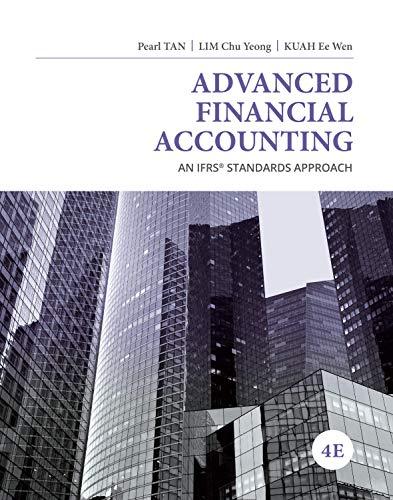Question
1. Consider a risky portfolio. The end-of-year cash flow derived from the portfolio will be either $70,000 or $195,000, with equal probabilities of .5. The
1. Consider a risky portfolio. The end-of-year cash flow derived from the portfolio will be either $70,000 or $195,000, with equal probabilities of .5. The alternative riskless investment in T-bills pays 4%. a. If you require a risk premium of 8%, how much will you be willing to pay for the portfolio? b. Suppose the portfolio can be purchased for the amount you found in (a). What will the expected rate of return on the portfolio be? c. Now suppose you require a risk premium of 11%. What is the price you will be willing to pay now? d. Comparing your answers to (a) and (c), what do you conclude about the relationship between the required risk premium on a portfolio and the price at which the portfolio will sell? For Problems 2 and 3, assume that you manage a risky portfolio with an expected rate of return of 12% and a standard deviation of 28%. The T-bill rate is 4%. 2. Your client chooses to invest 80% of a portfolio in your fund and 20% in a T-bill money market fund. a. What is the expected return and standard deviation of your client's portfolio? b. What is the reward-to-volatility ratio (S) of your risky portfolio and your client's overall portfolio? c. Draw the CAL of your portfolio on an expected return/standard deviation diagram. What is the slope of the CAL? Show the position of your client on your fund's CAL. 3. Suppose the same client as in the previous problem prefers to invest in your portfolio a proportion (y) that maximizes the expected return on the overall portfolio subject to the constraint that the overall portfolio's standard deviation will not exceed 20%. a. What is the investment proportion, y? b. What is the expected rate of return on the overall portfolio?
Step by Step Solution
There are 3 Steps involved in it
Step: 1

Get Instant Access to Expert-Tailored Solutions
See step-by-step solutions with expert insights and AI powered tools for academic success
Step: 2

Step: 3

Ace Your Homework with AI
Get the answers you need in no time with our AI-driven, step-by-step assistance
Get Started


